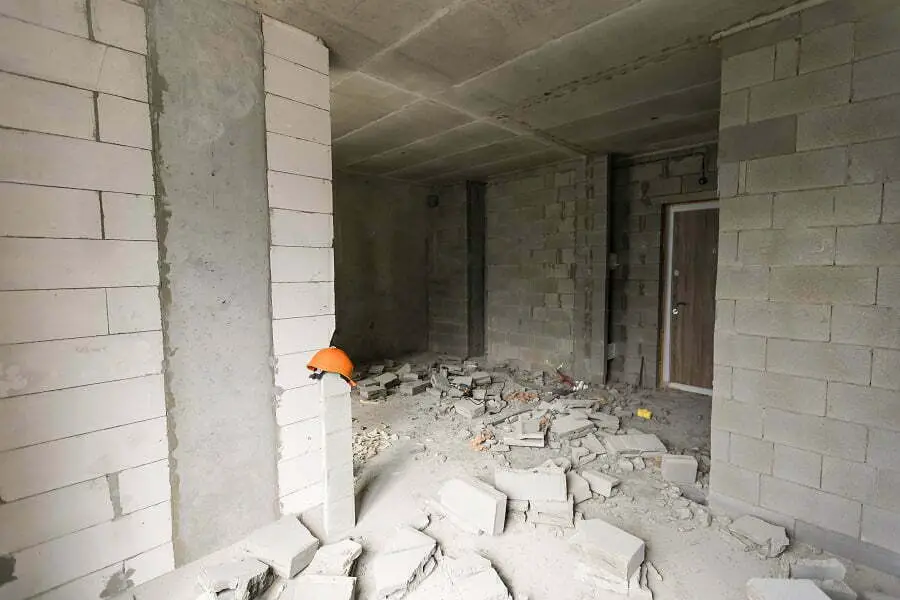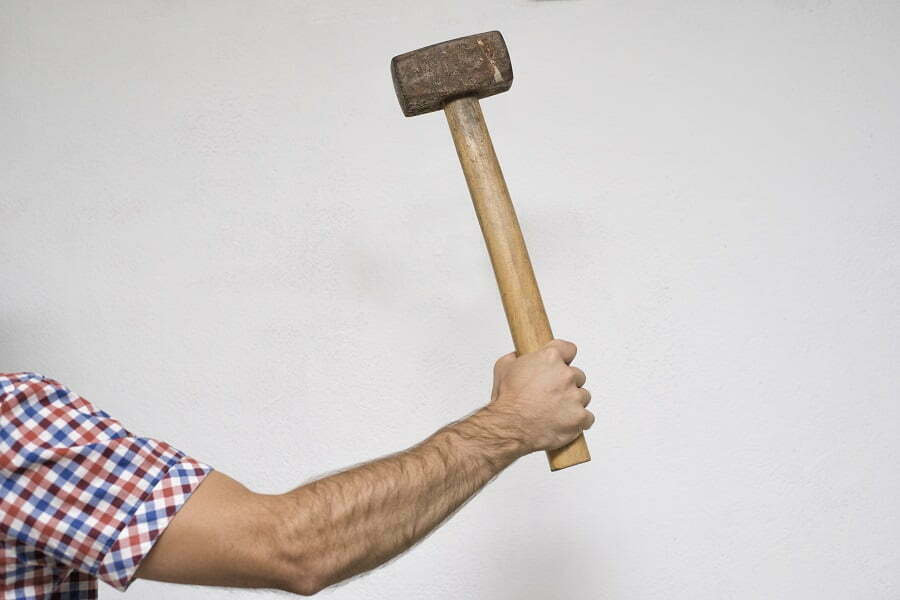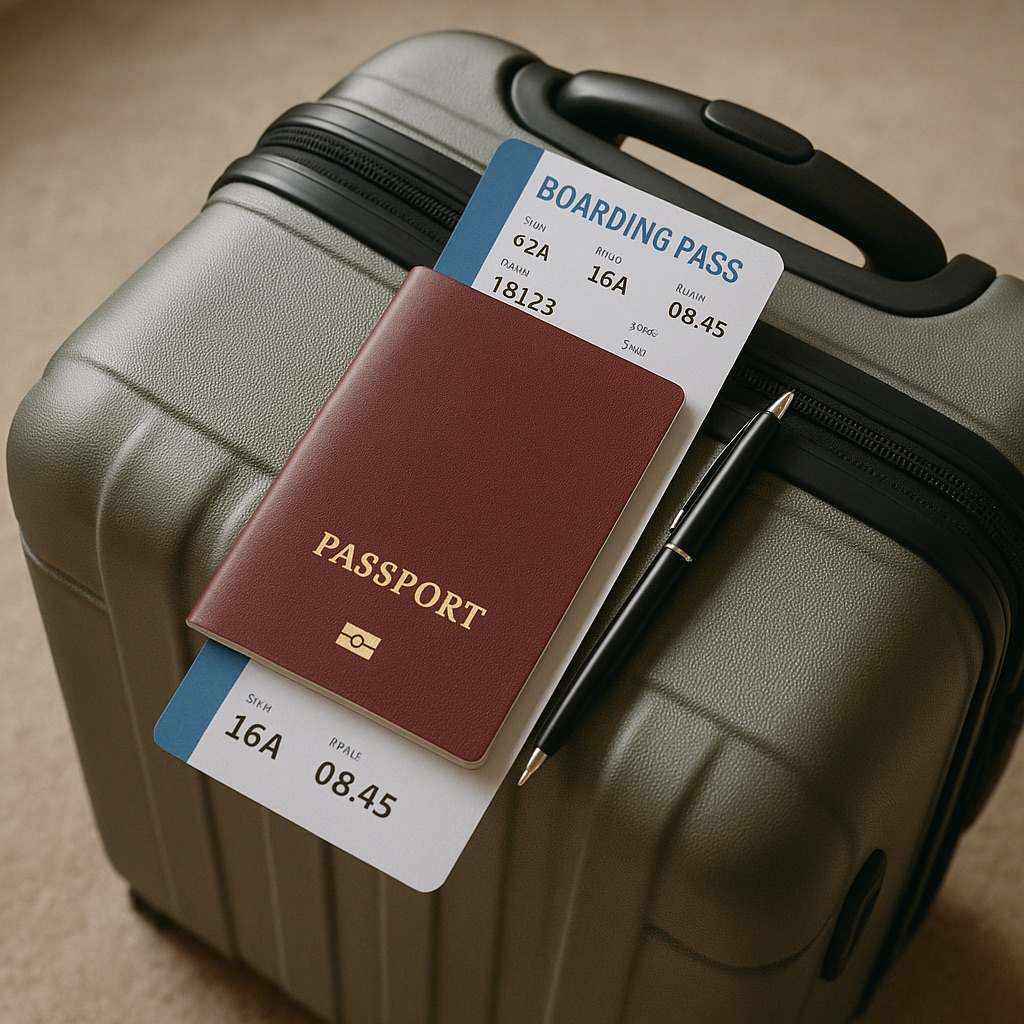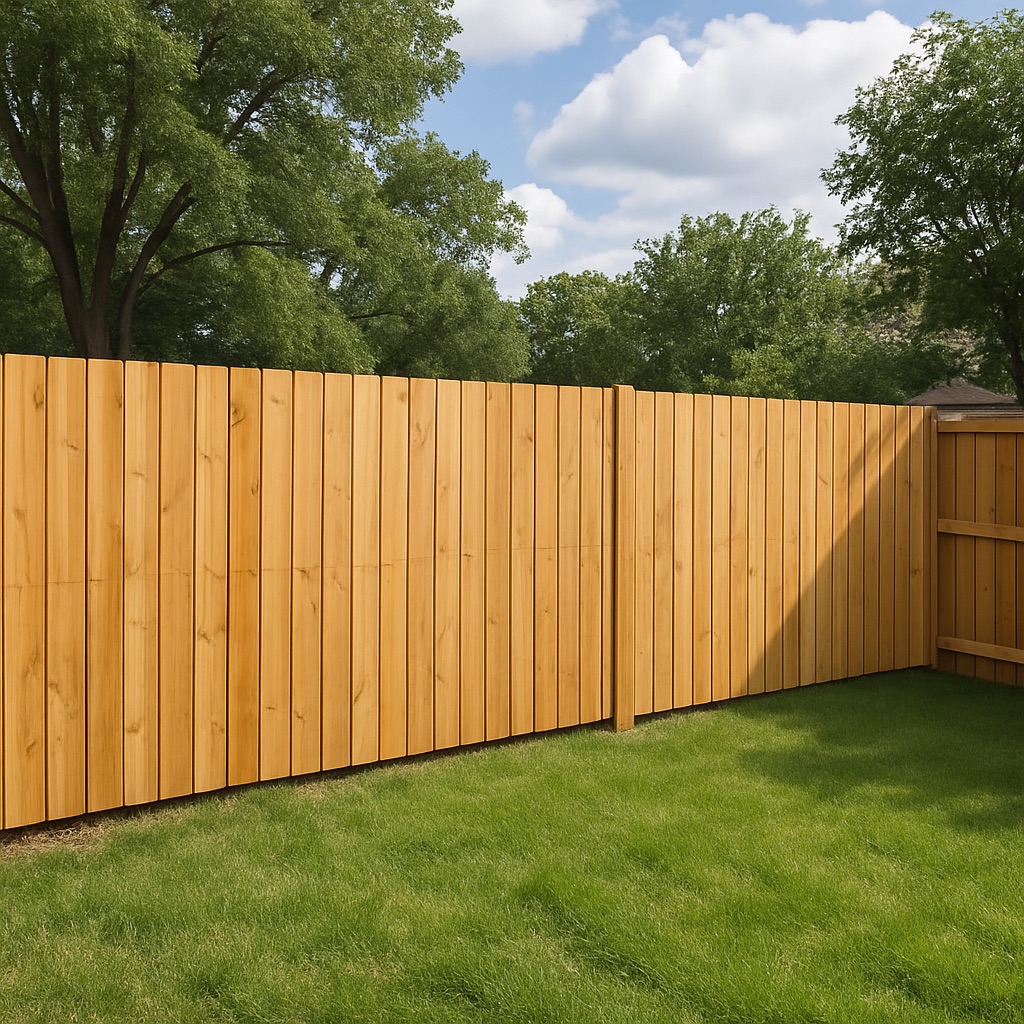Last updated on
Knocking through walls in the home is the perfect solution for opening rooms or providing some much-needed additional space.
Whilst at face value it may seem like a simple, yet destructive, task, it can require some heavy-duty equipment and expertise.
A small percentage try to do the job themselves, but it’s always advised to get the experts in – whether this be an engineer or builder.
So, what are the necessary precautions and steps to follow when knocking through a wall in a home?
Table of Contents
Get to Grips with the Wall

Not all walls are the same and can be made of various materials or different thicknesses, so it is vital you understand whether your wall is load-bearing or not.
Stud partition walls are usually made of plasterboard or timber frame, which are fairly easy to remove and aren’t normally supporting walls, meaning the damage won’t be as severe.
Alternatively, supporting walls are often built from brick, meaning specialist equipment and expertise are needed. A plan will need to be submitted to the local Building Control Officer for approval – this is not your typical DIY task, and professional help is essential.
Be Prepared

Whether you are a homeowner or tradesman, you must ensure you have the right power tools for the job at hand. Typically, these will include a pipe and cable detector, utility knife, rotary demolition drill, sledgehammer, and reciprocating saw.
You may also need reinforced steel joists if there are load-bearing walls that need to be removed. It is also important not to forget personal protective equipment (PPE).
Removing walls can produce large volumes of debris, therefore, it would be sensible to gather a dust mask and protective goggles. Depending on the noise levels, earplugs may also be needed.
Follow the Right Steps
Firstly, find out what is behind the wall – does it contain electric wiring, plumbing, or pipes? If the answer is yes, a professional should be hired to deal with these correctly to avoid doing damage to the home.
Next, lay down some dustsheets or plywood on the floor to collect falling dust and debris. When the preparation is all finished, remove the skirting boards and use the utility knife to score the caulk and paint between the wall and ceiling and surrounding walls.
Create small holes in the wall with the sledgehammer between each of the studs and use the reciprocating saw to cut out the drywall. Once all has been removed on one side, repeat the process on the other.
With the studs now visible, use the saw to cut through them horizontally and pull them out, then remove the wall, floor, and ceiling plates.
Finally, the last step is to patch the ceiling and flooring. Otherwise, there will remain a large hole and subfloor where the wall once stood. Ensure that all rubbish and debris are disposed of correctly and safely.




